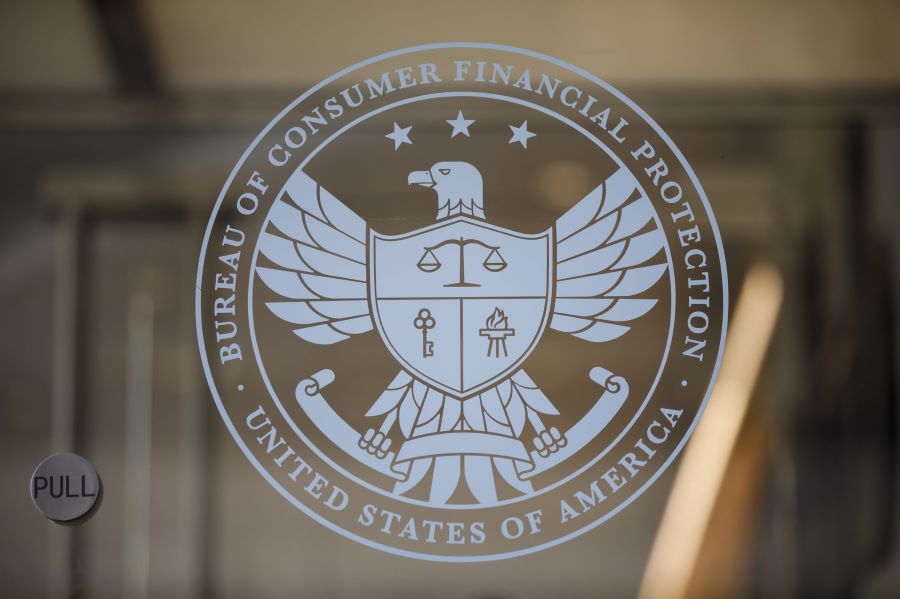Economy
Supreme Court Upholds Consumer Financial Protection Bureau Funding Mechanism
In a landmark decision, the Supreme Court has upheld the constitutionality of the Consumer Financial Protection Bureau’s (CFPB) funding structure. The ruling dismisses a challenge that could have unraveled the agency’s financial independence. The ruling reaffirms Congress’s authority to insulate the CFPB’s funding stream from political interference. It solidifies the agency’s role in safeguarding consumer interests in the financial sector.
Congressional Discretion Affirmed
Authoring the majority opinion in a 7-2 vote, Justice Clarence Thomas underscored Congress’s broad discretion in shaping the funding mechanisms of federal agencies. The decision emphasizes the significance of maintaining the CFPB’s autonomy from the executive and legislative branches. This is particularly crucial in light of the agency’s pivotal role in preventing financial crises like the one that rocked the global economy in 2008.
CFPB’s Origins and Mission
The Dodd-Frank law established the CFPB in response to the 2008 financial crisis, according to a Bloomberg report. It tasked the agency with preventing predatory lending practices and ensuring fair treatment for consumers in the financial marketplace. The agency’s creation marked a significant effort to address systemic vulnerabilities that had contributed to the collapse of the housing market and subsequent economic downturn.
Funding Autonomy and Oversight
Unlike most federal agencies, which rely on appropriations from Congress, the CFPB draws its funding directly from the Federal Reserve, within a statutory cap. This funding structure, coupled with other features of the agency’s design, was intended to shield it from undue influence by industry stakeholders. It also aimed to safeguard the agency from political actors. However, critics argue that such autonomy may enable regulatory overreach. Proponents contend that it is essential for effective consumer protection.
Political Divides and Legal Challenges
The CFPB’s funding mechanism has long been a point of contention. It reflects broader ideological divides over the role of government regulation in the economy. Progressives view the agency’s independence as crucial for holding financial institutions accountable and safeguarding consumers. Conservatives often argue that it hampers free market dynamics and lacks proper oversight.
Legal Battles and Precedents
This decision follows previous legal challenges to the CFPB’s structure, including a 2020 Supreme Court ruling that affirmed the president’s authority to remove the bureau’s director at will. In the present case, an association of payday lenders sought to invalidate CFPB regulations restricting their practices. They argued that the agency’s funding mechanism was unconstitutional.
Implications for Consumer Protection
The Supreme Court’s validation of the CFPB’s funding structure positions the agency to continue its mission of protecting consumers from financial exploitation. It also ensures a level playing field in the marketplace. The ruling underscores the importance of robust regulatory oversight in maintaining stability and fairness in the financial sector. It also highlights the delicate balance between autonomy and accountability within government agencies.
Enroll today and secure a 52-week subscription to The WSJ Print Edition, delivered daily to your home or office. Your subscription spans six days, from Monday through Saturday, ensuring morning delivery of your trusted newspaper. Additionally, enjoy round-the-clock access to WSJ digital content, providing complete online news access, including daily updates, live WSJ TV, narrated articles, and extensive news archives. Seize this opportunity and subscribe now to stay well-informed with The WSJ! To purchase a subscription, call WSJ Cell Phone: (800) 581-3716

